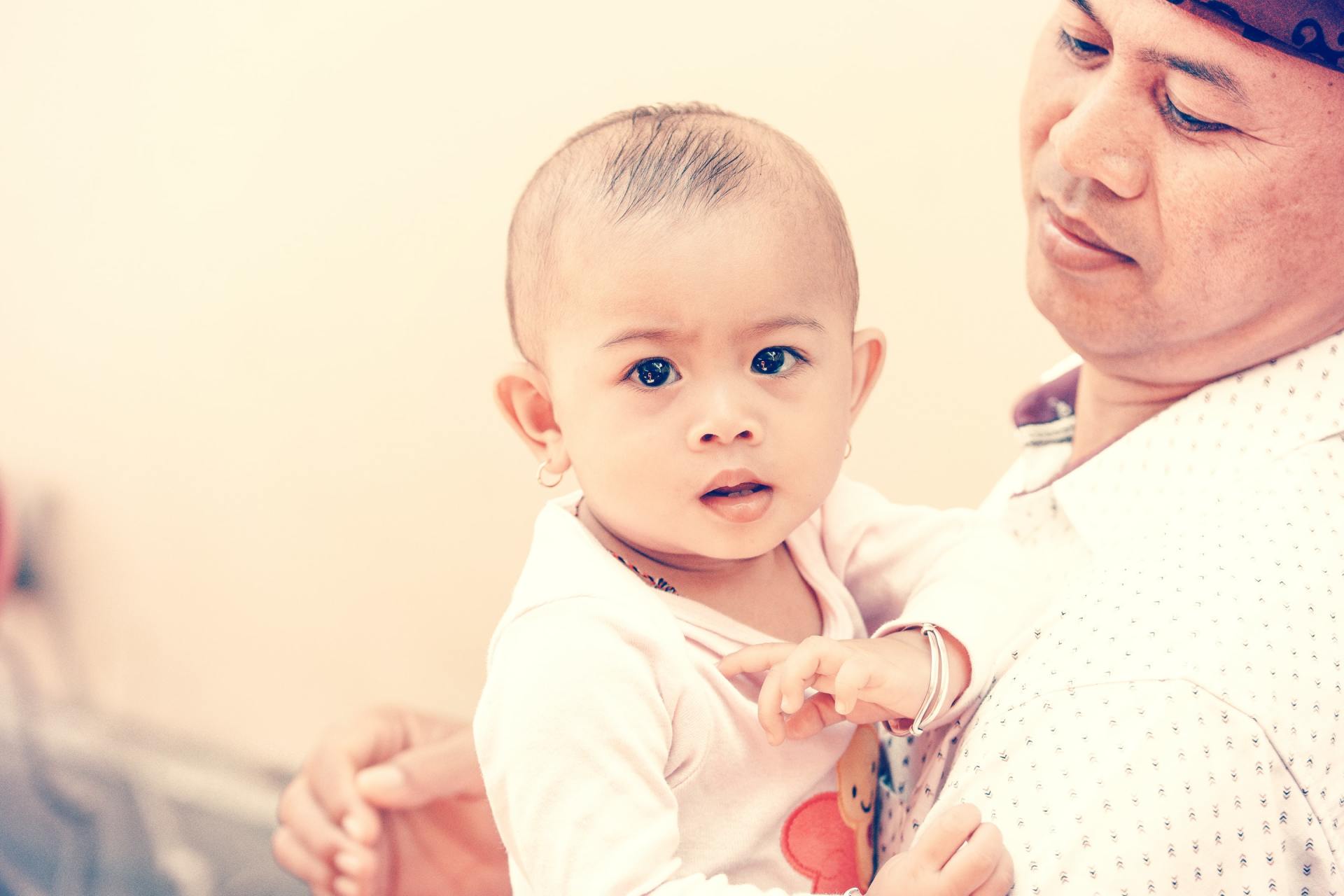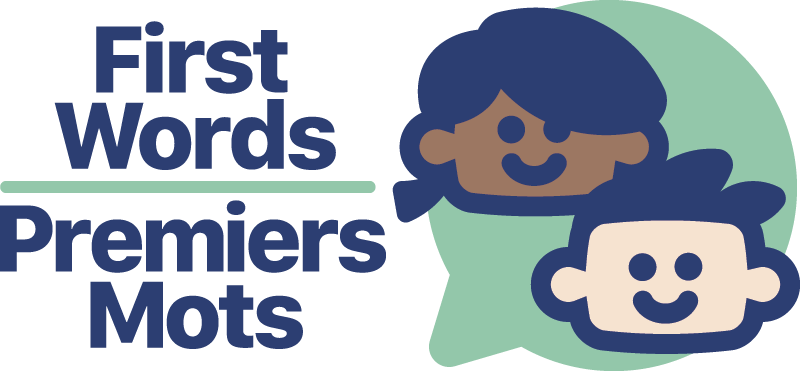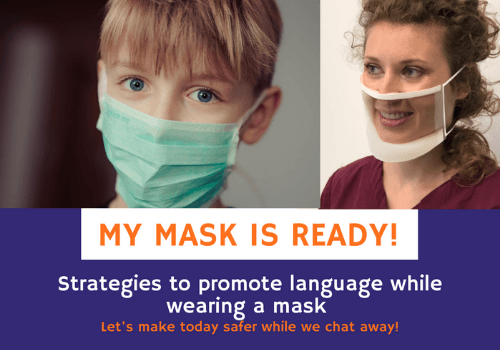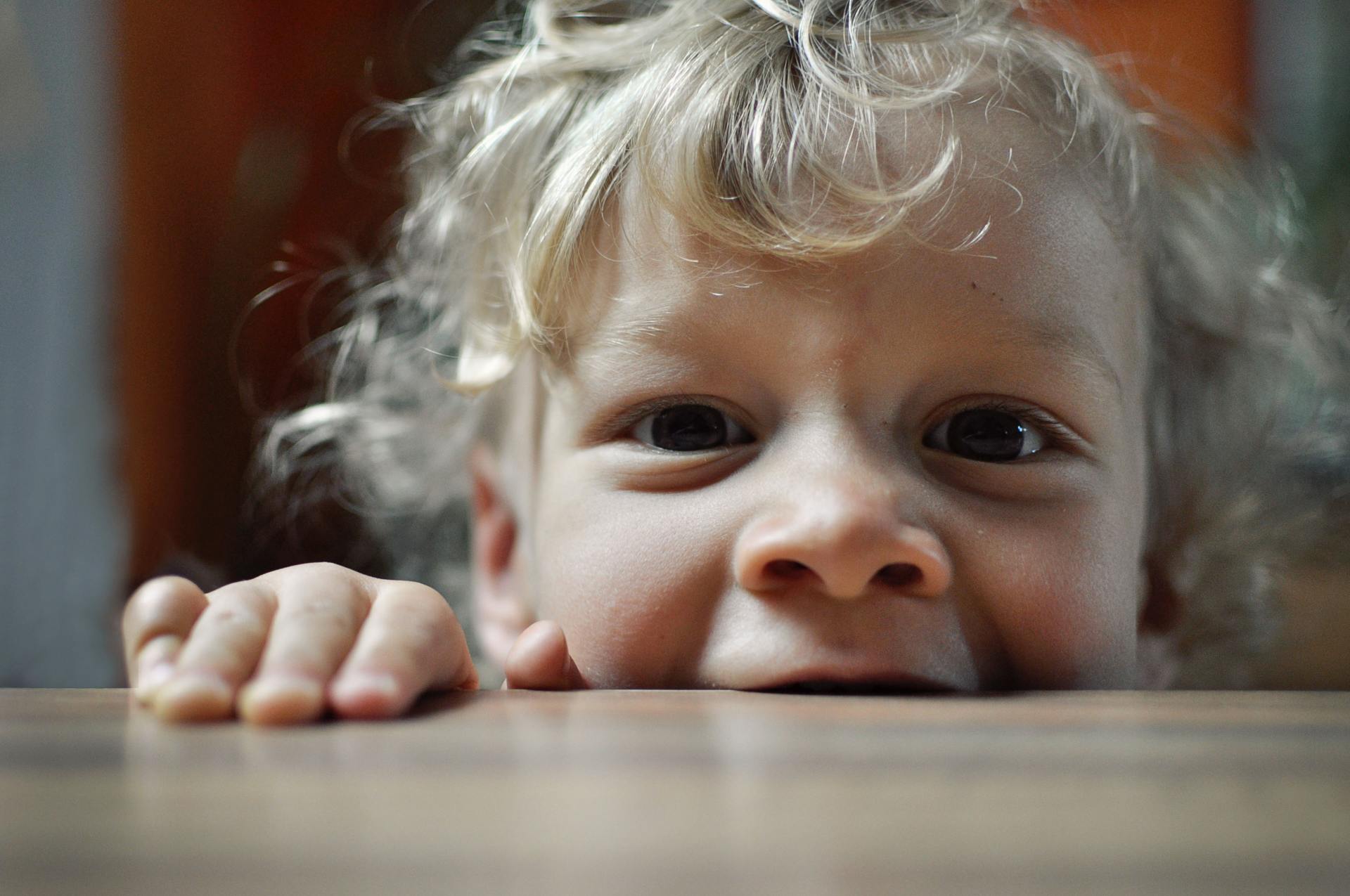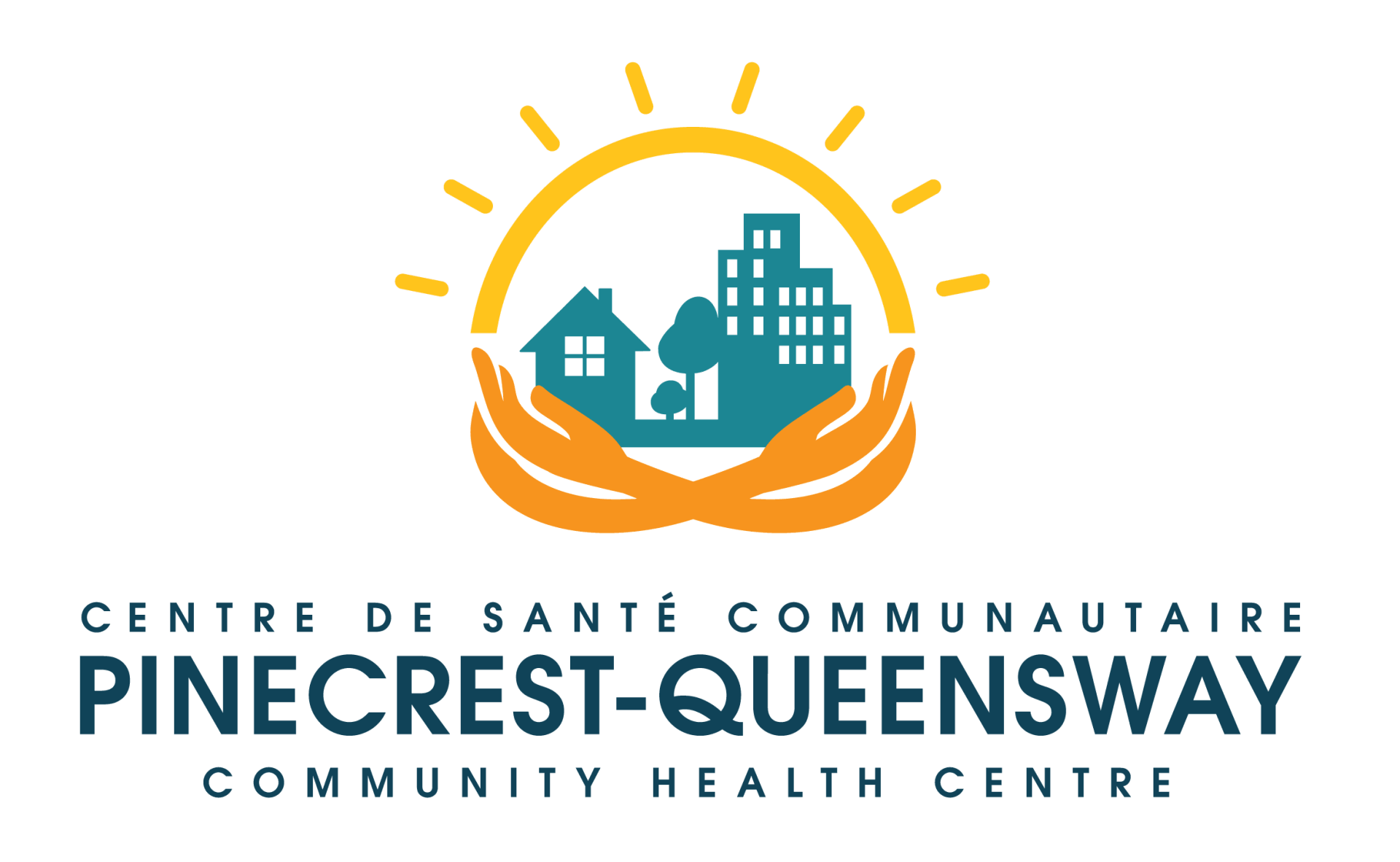Masks On. Let's Talk!
We live in an unprecedented time. Information and research on mask-wearing and its impact on child development long term are limited. As new information trickles in, parents and adults working with children make the best decision based on the information at hand at the time.
We’ve needed to wear facemask more often now that the daycares and the schools are open. Families are also participating in more community-based activities. This “new normal” comes with questions and concerns. Parents, educators, and teachers wonder about the impact of wearing a facemask on speech and language development in children, especially young children.
Good news spoiler alert! There are ways to make it easier for our children to manage this new transition. The First Words team has been advocating for best practices around the use of facemasks when communicating with young children. Today, we are sharing best practices, wonderful concrete suggestions from the Hanen Center (find the link to access the complete article below), and resources for parents to use with their children.
- Read facial expressions: Facial expressions are very important to understand and interpret messages and situations from others.
- Participate as often in social interactions: We all use facial expressions to show our interest in what the child is doing or saying. Facemasks may limit the excited facial expressions we use as adults to show children that we are interested in. This may limit engagement and turn-taking.
- Understand speech: Facemasks may muffle speech a little. This can have an impact on learning speech sounds or subtle grammar features (like plurals, small grammatical words: is, she, he). It can also make it more difficult or less interesting for children to listen to us.
- Speak loudly and clearly to circumvent the muffling effect of a facemask
- Lower yourself to the child’s physical level even though you may be distanced
- Exaggerate your intonation in the absence of being able to use facial expressions to augment and clarify your message
- Exaggerate your gestures which will help get a child’s attention and provide visual cues in the absence of the child being able to fully see your facial expression
- Use gestures to encourage a child to take another turn in an interaction or conversation, e.g., hold out your arm, lean your body toward the child
- Aim to convey your message with your eyes as much as possible such as using wide eyes when surprised, disapproving eyes when attempting to discourage a behavior, smiling eyes when happy, sad eyes when upset
- Make explicit comments to draw children’s attention to your feelings, e.g., “Look how happy my eyes look”; “Look how surprised I am. My eyes are so wide!”
- Parents, play with masks with your children so they become more comfortable with seeing masks at childcare. Play at taking them on and off so children understand that the person wearing them is the same friendly person they have always known even if part of their face is hidden. Mask play can turn into a game where parents reveal a smile, frown, surprised look, etc. Parents can make comments such as, “Even though you couldn’t see my mouth, I was smiling and happy to see you!”
- Educators and teachers could consider wearing a badge with a photo of themselves to help the children connect socially.
